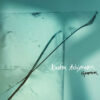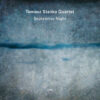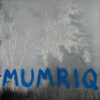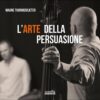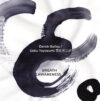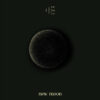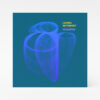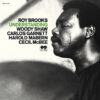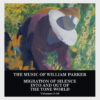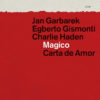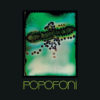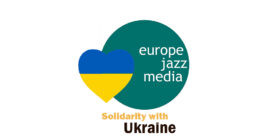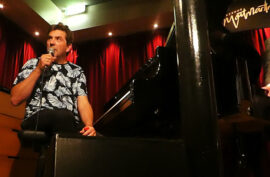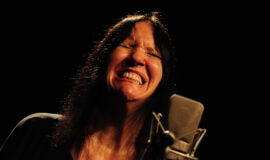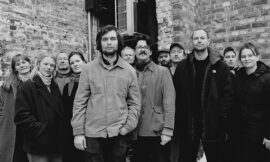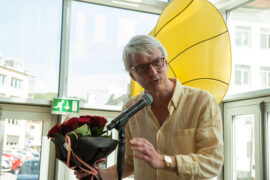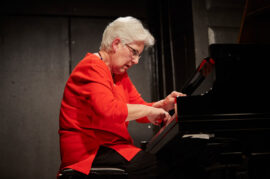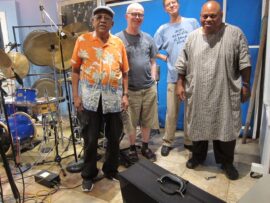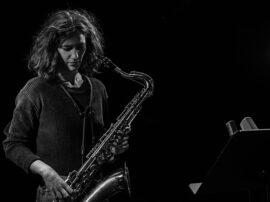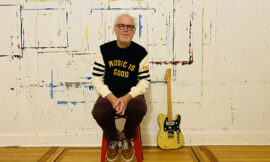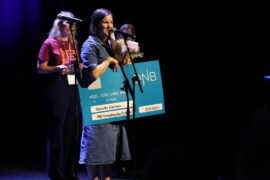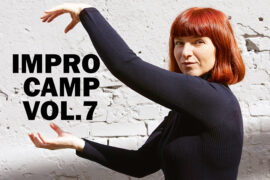
Danish innovative percussionist-composer Christian Windfeld (who serves as an assistant professor at the Royal Academy of Music, Aarhus/Aalborg) calls his new conceptual solo work, Lykkebækken (Glücksbecken in German means Fortune Fountain), «an acoustic audiovisual composition, an interactive web-based publication, a democratization of the listening process and an artistic research project». Instead of publishing this work in the common, contemporary manner as vinyl or with a download option, and equipped with the ideas of John Cage, Windfeld decided to give the listener editorial powers.
The interface of the web-only Lykkebækken embraces the visual aspects of this work by letting the listener choose between four different camera angles (total, zoom, top and ceiling) and four microphone positions (near, close, distant and far) in real-time, thus allowing the active listener to experience the work from a wide range of sonic and visual perspectives. The interface, design and programming of Lykkebækken were made by Troels Knud Damgaard.
Lykkebækken is based on a modern-day version of an ancient, mystical instrument, the Chinese spouting bowl, associated with meditation practices. The distinctive feature of the spouting bowl is a set of prominent handles. When rubbed, the handles cause the bowl to resonate, creating standing sound waves. If the bowl contains water, Chladni patterns form on the surface, producing jumping water droplets at pressure points near the bowl’s edge.
This instrument inspired this ritualistic work, and Windfled’s methods of playing this metallic instrument – with two bows, rubbing it with his hands and metallic objects and triggering delicate overtones, or pouring water into it and creating subtle waves – symbolizes the four elements of the earth – metal, water, air (breath and movement) and fire (light). All playing methods are means directed toward a metaphysical climax. The symbolic awakening of the instrument is mirrored by the occurrence of reflective resonating patterns in the sky above the performer, opening a portal to a parallel reality. The performance of Lykkebækken is set in a dark, resonating room of contemplation.
You can spend hours listening, watching, playing and experiencing this intriguing and enigmatic work, and always exploring more insightful nuances in it.
Eyal Hareuveni
Christian Windfeld (Chinese spouting bowl)

